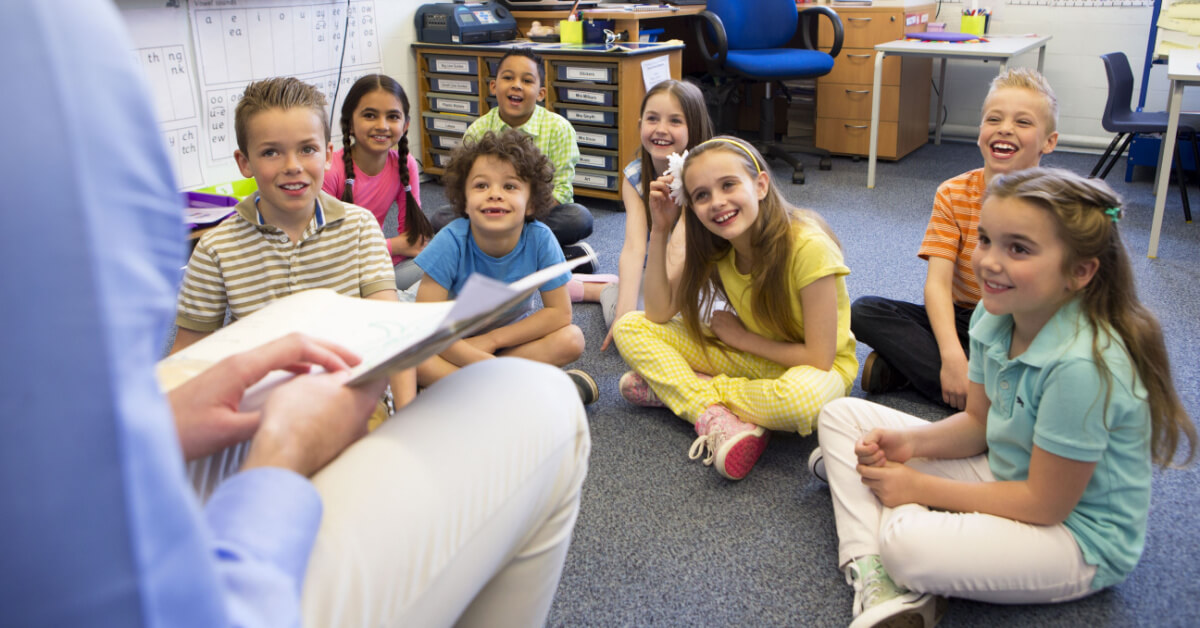May 18, 2023
What can our students learn from stories that reflect diverse cultural worldviews about human behavior and lived experiences? Fables and myths are two ways that people have traditionally passed down and retold stories about their collective knowledge, experience, and understanding of our world. When we retell stories, it is “to tell again or in another form” (Merriam-Webster, 2023). By retelling these old stories in another form, students have additional opportunities to develop empathy, cultivate their imagination, and explore the human experience over time and through space. However, it is important to be aware and respectful when we retell stories. For some people and communities, their old stories may be part of their living culture and way of life. So be considerate and sensitive to the cultural backgrounds of your students.
Let’s look more closely at fables and myths. What is a fable, and what is its purpose? A fable is a brief narrative story with a moral or lesson that usually has animals with human behaviors and qualities such as speech. “In these narratives, the animal characters have all the physical features of animals. Yet, everything else about them is anthropomorphic; they certainly behave like human…


